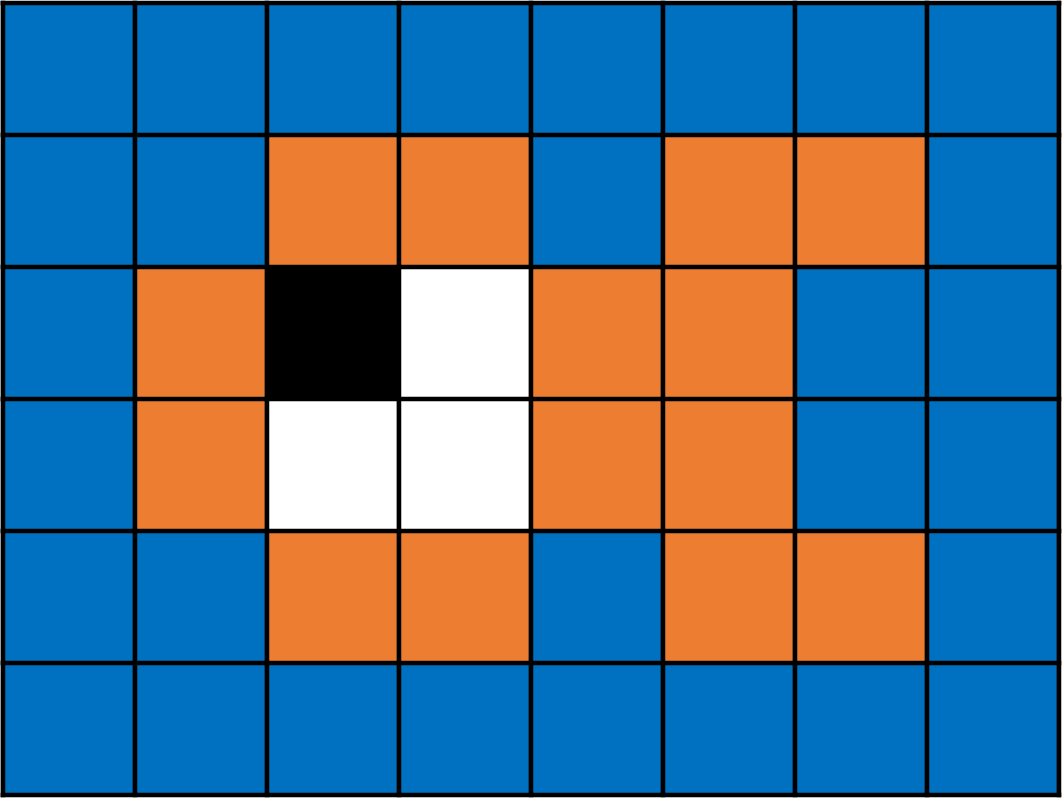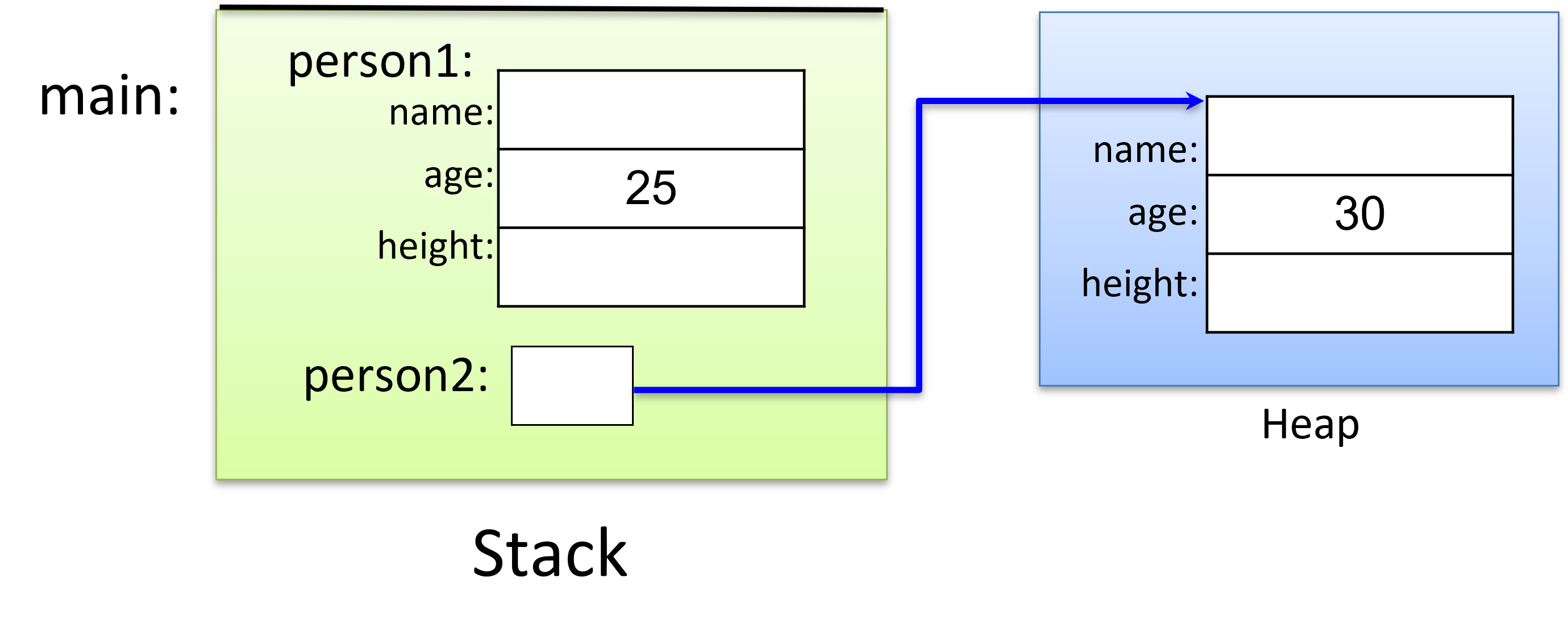Exercise 2.7.1. Identifying Struct Component Types.
- struct PersonT
- suzanne
- array of char
- suzanne.name
- struct dateT
- suzanne.birthday
- int
- suzanne.birthday.year
- char
- suzanne.name[2]
- invalid
- suzanne.birthday->year
- float
- suzanne.height
Given the following code:
struct dateT {
int day;
int month;
int year;
};
struct PersonT {
char name[50];
int age;
float height;
struct dateT birthday;
};
struct PersonT suzanne;
What is the associated type for each of the following expressions?
Incorrect! Carefully study the code and try again.


